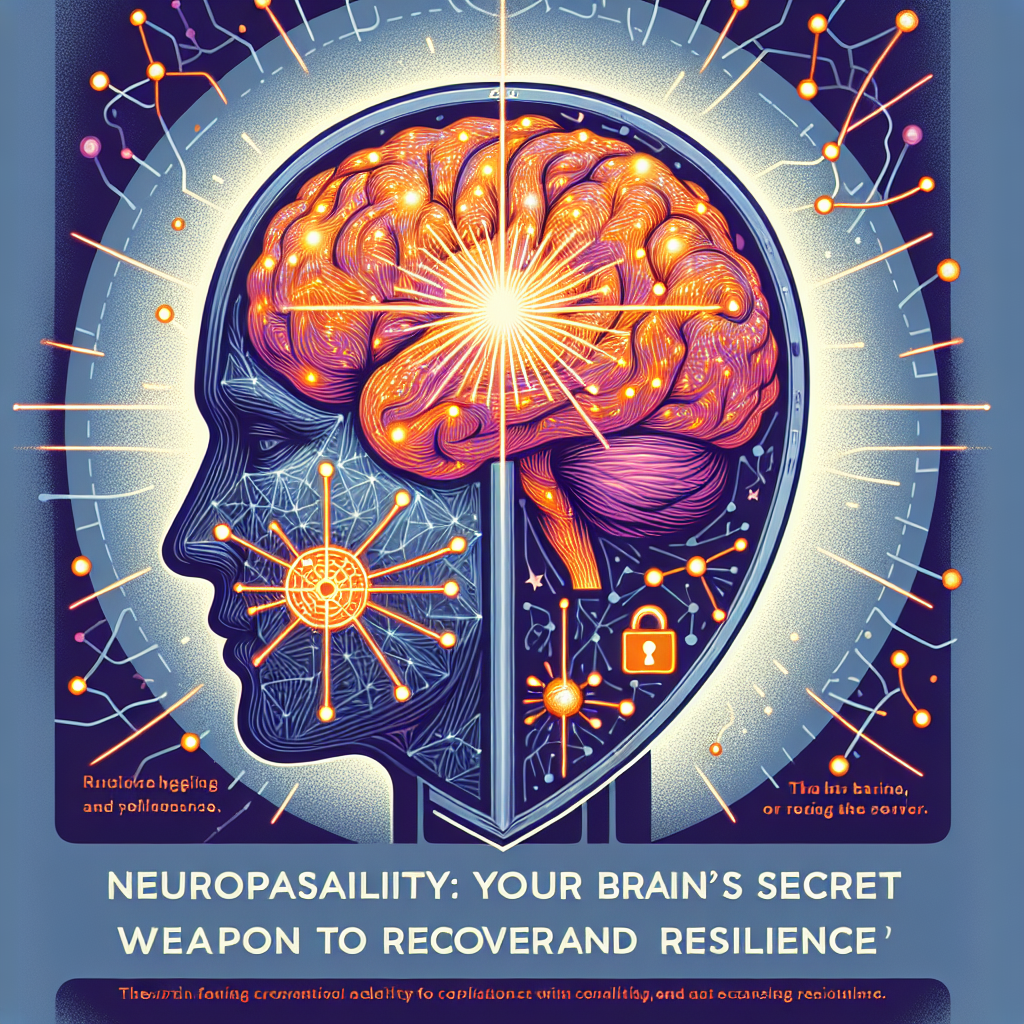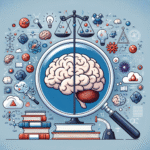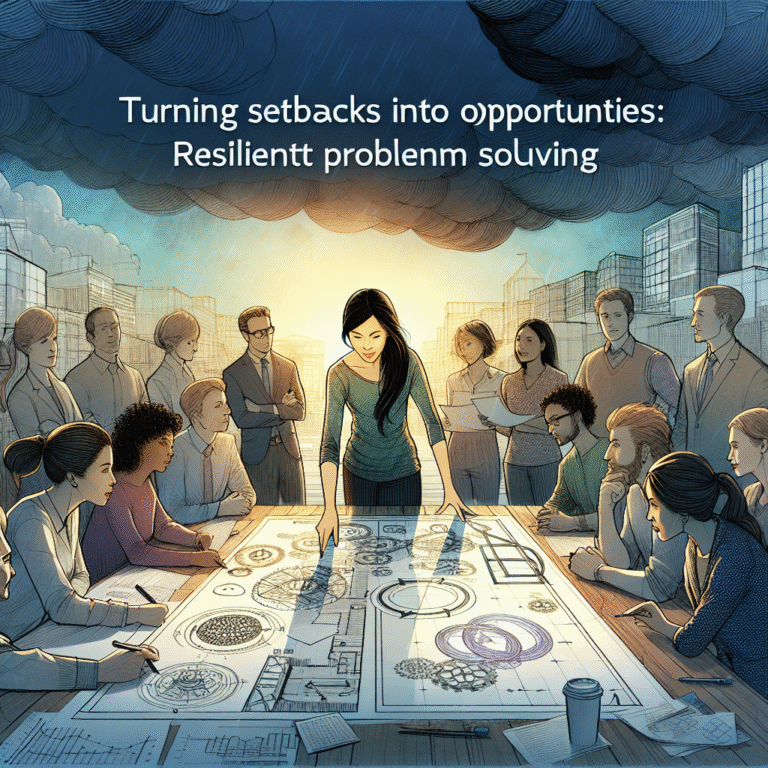
Introduction: Unlocking Your Brain’s Hidden Potential
Imagine you face a significant challenge: recovering from an injury, overcoming adversity, or adapting to a major life change. At times like these, understanding the power of neuroplasticity can be your ultimate ally. Neuroplasticity, or the brain’s remarkable ability to reorganize itself by forming new neural connections throughout life, is often referred to as "Your Brain’s Secret Weapon for Recovery and Resilience." This transformative capacity not only allows you to heal but also empowers you to thrive in the face of adversity.
In this comprehensive exploration, we will delve deep into the fascinating world of neuroplasticity, examining its mechanisms, real-world applications, and impact on mental health, recovery, and resilience. Whether you’re recovering from trauma, managing stress, or simply seeking self-improvement, understanding neuroplasticity could be the key to unlocking your brain’s potential.
Understanding Neuroplasticity: A Brain in Motion
Neuroplasticity is not just a buzzword; it’s a scientific phenomenon. Let’s break it down:
What is Neuroplasticity?
Neuroplasticity refers to the brain’s ability to change and adapt. This includes everything from the strengthening of existing connections to the creation of new ones. Neuroplasticity can be classified into two main types:
Structural Plasticity: This is the brain’s ability to physically change its structure in response to learning or experience. For example, when you learn a new skill, certain areas of your brain may grow in size.
- Functional Plasticity: This allows the brain to move functions from damaged areas to undamaged areas. This is especially significant in recovery from injury or stroke, where unaffected parts of the brain can take over functions previously handled by damaged regions.
The Science Behind Neuroplasticity
Neuroplasticity operates through mechanisms such as synaptic plasticity, where the connections between neurons strengthen or weaken over time. This process is influenced by experiences, learning, and even environmental factors.
Key Neurotransmitters and Neuroplasticity
| Neurotransmitter | Function | Importance in Neuroplasticity |
|---|---|---|
| Dopamine | Reward and motivation | Facilitates learning and memory through reinforcing synaptic strength |
| Serotonin | Mood regulation | Affects mood and may influence plastic changes in brain regions associated with emotion |
| Glutamate | Main excitatory neurotransmitter | Key player in synaptic plasticity and long-term potentiation |
Neuroplasticity in Action: Real-World Applications
To illustrate the transformative power of neuroplasticity, let’s explore some impactful case studies that shed light on this phenomenon.
Case Study 1: Stroke Recovery
In a groundbreaking study published in The Journal of Neuro Rehabilitation, researchers analyzed stroke survivors who engaged in intensive physical therapy. The results demonstrated that those who participated in repetitive tasks experienced significant physical recovery compared to a control group. This is attributed to neuroplasticity, as the healthy portions of the brain adapted and took over functions previously managed by damaged areas.
Analysis
The findings highlight neuroplasticity’s role in rehabilitation, emphasizing how targeted actions can facilitate recovery and restore function. When individuals challenged themselves through consistent practice, their brains rewired pathways for motor skills, proving that the brain’s inherent adaptability plays a critical role in overcoming physical challenges.
Case Study 2: Mental Health Treatment
Another compelling example comes from research focusing on the treatment of anxiety and depression through mindfulness meditation. According to a study published in Psychiatry Research: Neuroimaging, participants who practiced mindfulness meditation for eight weeks exhibited increased gray matter density in brain regions associated with emotional regulation and cognitive function.
Analysis
This case underscores the concept that psychological practices can instigate profound changes in brain structure and function. Mindfulness fosters neuroplasticity by enabling individuals to forge new, healthier thought patterns, highlighting its effectiveness as a tool for enhancing resilience.
Case Study 3: Learning a New Language
A fascinating study on bilingualism and neuroplasticity revealed that individuals who learned a second language exhibited structural brain differences compared to monolinguals. Using MRI scans, researchers found that those who were bilingual had increased gray matter volume in language-related areas.
Analysis
This evidence illustrates that acquiring new skills can lead to lasting changes in brain architecture. The implications are vast: engaging in lifelong learning not only increases knowledge but also enhances cognitive resilience against age-related decline.
How to Harness Neuroplasticity for Personal Growth
Understanding that neuroplasticity is an ongoing process empowers you to take charge of your brain health and development. Here are actionable strategies to enhance your neuroplastic abilities:
1. Engage in New Experiences
Diving into new experiences stimulates brain activity and encourages the formation of new neural pathways. Whether it’s picking up a new hobby, traveling to different cultures, or even taking a different route to work, novelty is a powerful catalyst for change.
2. Practice Mindfulness and Meditation
Mindfulness practices promote emotional regulation and cognitive clarity. Regular meditation has been shown to foster neuroplasticity by altering brain structures, making it a valuable tool for enhancing mental resilience.
3. Challenge Your Brain
Engage in activities that require concentration and problem-solving, such as puzzles, games, or learning an instrument. These challenges stimulate your brain, encouraging it to forge new connections.
4. Stay Physically Active
Exercise has been shown to promote the release of neurotrophic factors, which facilitate neuroplasticity. Regular physical activity can lead to improved cognitive function, emotional health, and resilience.
5. Foster Social Connections
Interacting with others provides emotional support and cognitive stimulation. The social brain is incredibly adaptive; positive relationships can enhance your brain’s ability to adjust and recover.
Neuroplasticity in Mental Health: Building Resilience
Neuroplasticity plays a pivotal role in mental health, offering hope for individuals facing challenges like anxiety, depression, and PTSD. Strategies for leveraging neuroplasticity in mental health include:
Cognitive Behavioral Therapy (CBT)
CBT works directly on thought patterns and behaviors, facilitating neuroplastic changes through consistent practice and reinforcement of positive thinking. Research indicates that individuals who participate in CBT develop stronger neural connections related to emotional regulation.
Neurofeedback Training
This innovative technique utilizes real-time brain activity feedback to promote self-regulation of brain functions. Studies show that neurofeedback can lead to increased resilience in coping with stress and anxiety by strengthening adaptive neural circuits.
Conclusion: The Empowering Journey Ahead
Neuroplasticity is not merely a scientific curiosity; it’s a potent tool for recovery, growth, and resilience. By understanding and harnessing this remarkable ability, we can enhance our capacity for healing and thrive amidst life’s challenges. Whether it’s through engaging new experiences, cognitive exercises, or mindfulness practices, every effort to stimulate our brains can lead to profound changes.
As you embark on your journey of self-discovery and recovery, remember that your brain has the incredible potential to adapt and heal. Embrace the idea that neuroplasticity is your ally—your brain’s secret weapon for recovery and resilience. Together, let’s unlock the full potential of our minds, turning challenges into opportunities for growth.
FAQs About Neuroplasticity
1. What is neuroplasticity?
Neuroplasticity is the brain’s ability to reorganize itself by forming new neural connections, allowing adaptation to new experiences, learning, and recovery from injuries.
2. How can I improve my brain’s neuroplasticity?
You can enhance neuroplasticity through activities like learning new skills, practicing mindfulness, staying physically active, and engaging in social interactions.
3. Can neuroplasticity help with recovery from mental health issues?
Yes, neuroplasticity plays a pivotal role in mental health recovery. Therapies like Cognitive Behavioral Therapy leverage this ability to reinforce positive thinking patterns and emotional regulation.
4. Is neuroplasticity only applicable to cognitive skills?
No, neuroplasticity applies to all aspects of brain function, including motor skills, emotional regulation, and even sensory processing.
5. Can aging affect neuroplasticity?
While neuroplasticity is most prominent in youth, research shows that the brain can continue to form new connections and adapt throughout life, although the rate may slow with aging. Engaging in stimulating activities can enhance neuroplasticity even in older adults.
By embracing the incredible potential of neuroplasticity, you hold the keys to recovery and resilience—creating a brighter, more adaptive future for yourself.














